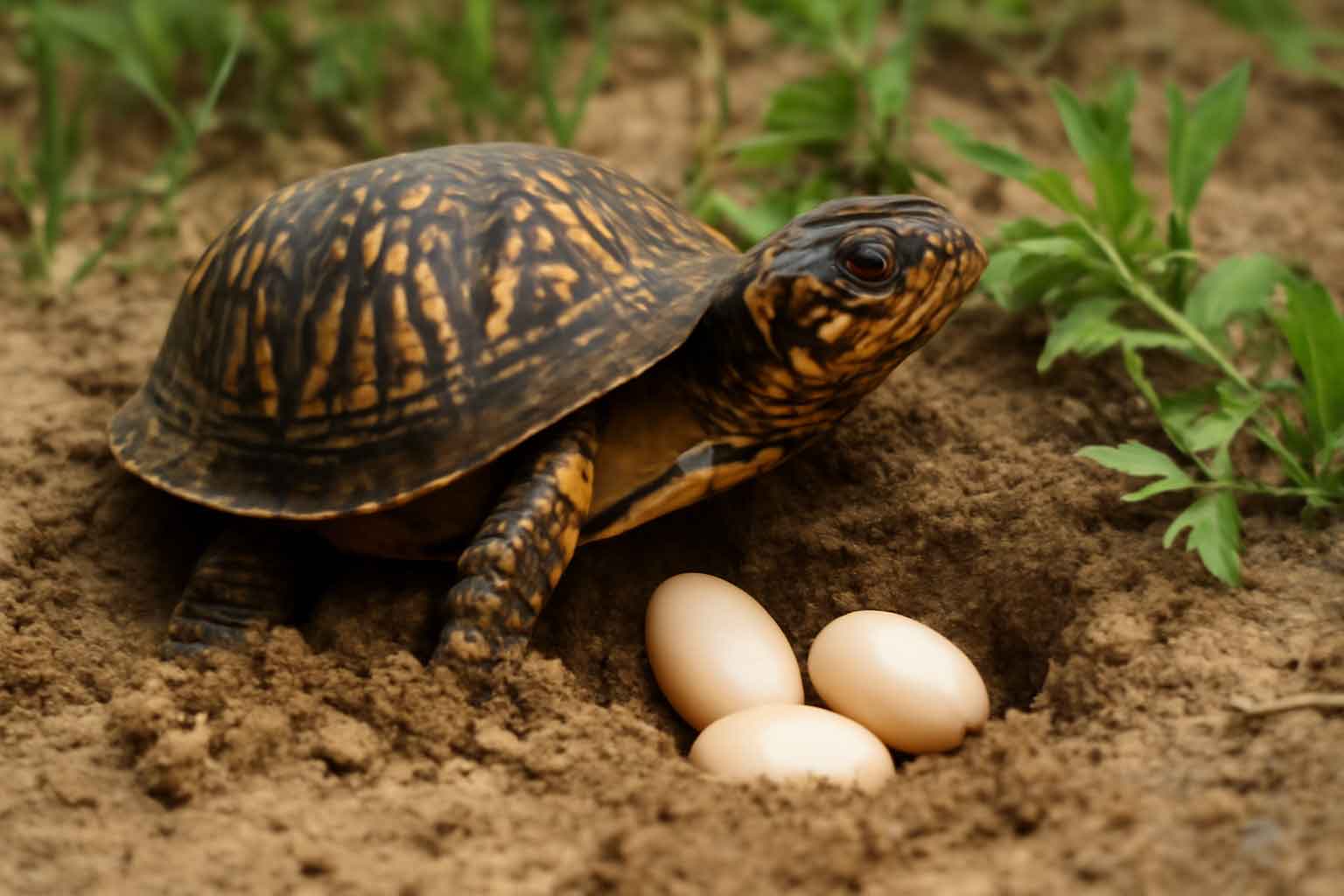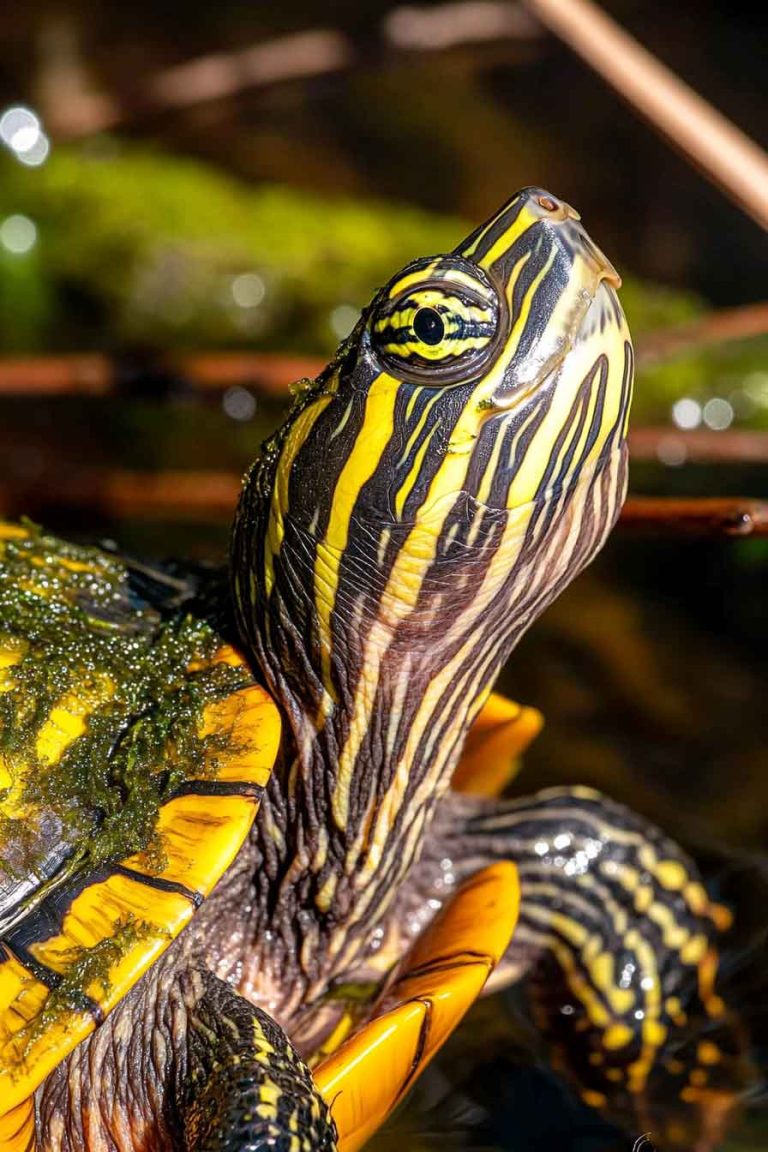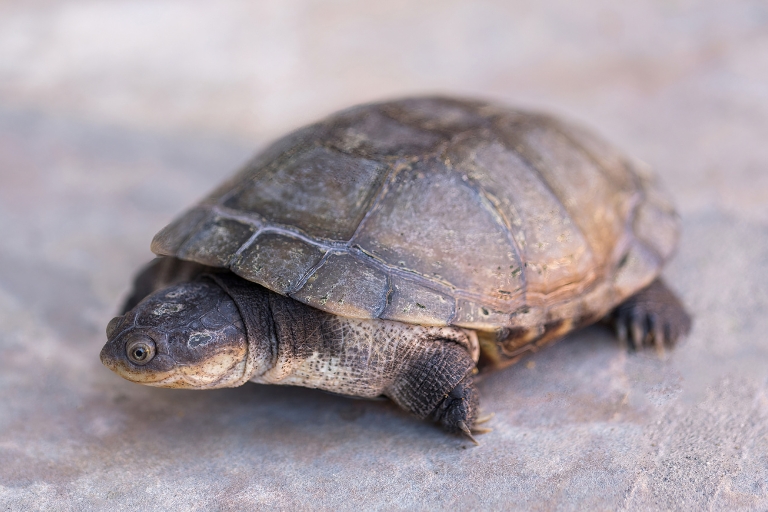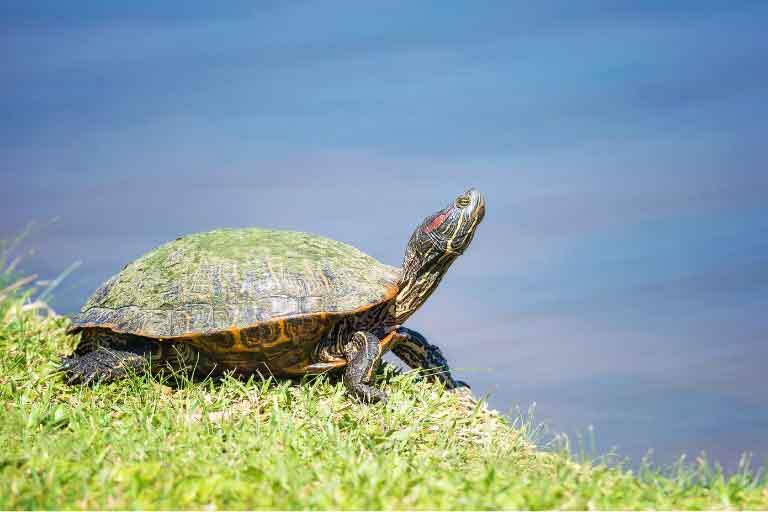How Many Eggs Do Box Turtles Lay And How Often?
Hey there, turtle enthusiasts! If you’re like me, you’re fascinated by box turtles and want to know everything about their habits, especially when it comes to laying eggs. One of the most common questions I get is, “How many eggs do box turtles lay, and how often?” I’ve done the research and put together this…
Hey there, turtle enthusiasts! If you’re like me, you’re fascinated by box turtles and want to know everything about their habits, especially when it comes to laying eggs. One of the most common questions I get is, “How many eggs do box turtles lay, and how often?” I’ve done the research and put together this guide to answer those questions and give you a deeper look into the egg-laying habits of these amazing creatures.
So, how many eggs do box turtles lay, and how often? On average, a female box turtle lays 3 to 8 eggs per clutch, typically once a year. However, this can vary depending on factors like the turtle’s age, health, and environmental conditions.
In this article, I’ll dive into the details of box turtle egg-laying, including what affects the number of eggs they lay, how often they do it, and other key information to help you understand your pet or the wild box turtles you might encounter. Let’s get started!
How Many Eggs Do Box Turtles Lay?
I’ve always been amazed by how box turtles manage to produce eggs year after year. On average, a healthy female box turtle will lay a clutch of 3 to 8 eggs, though some may lay as few as 1 or as many as 10 in rare cases. The size of the clutch depends on a few factors, which I’ll cover in a moment.
Box turtles usually lay their eggs in a single clutch, meaning they deposit all their eggs at once in a nest they’ve dug. Unlike some other reptiles, they don’t lay multiple clutches in a single season, but they can lay eggs annually if conditions are right.
What Affects the Number of Eggs a Box Turtle Lays?
When I first started learning about box turtles, I was curious about why some lay more eggs than others. It turns out, several factors play a role in determining the size of a box turtle’s clutch. Let’s take a closer look at these:
Age and Size of the Turtle
Younger or smaller female box turtles tend to lay fewer eggs, often 1 to 3 per clutch. As they grow older and larger, their bodies can support producing more eggs, so mature turtles (around 7–10 years old) are more likely to lay 5–8 eggs. I’ve noticed that my older turtles seem to have bigger clutches, which makes sense as their bodies are fully developed.
Health and Nutrition
A well-fed, healthy turtle is more likely to lay a larger clutch. If your box turtle has a balanced diet with plenty of calcium and protein, she’ll have the energy and resources to produce more eggs. I always make sure my turtles get a mix of leafy greens, fruits, and protein sources like worms to keep them in top shape.
Environmental Conditions
Box turtles need the right environment to lay eggs. Warm temperatures, proper humidity, and access to soft soil for digging a nest are crucial. If the weather is too cold or dry, or if your turtle doesn’t have a good spot to dig, she might lay fewer eggs or skip laying altogether. I’ve learned to keep an eye on the weather and provide a cozy nesting area for my turtles.
Stress Levels
Stress can also impact egg-laying. If your turtle feels threatened or is in a noisy, crowded environment, she might not lay eggs at all. I always try to give my turtles a calm, quiet space to feel safe, especially during nesting season.
How Often Do Box Turtles Lay Eggs?
Now that we’ve covered how many eggs box turtles lay, let’s talk about how often they do it. In my experience, most female box turtles lay eggs once a year, typically in the spring or early summer (May to July). This is when temperatures are warm, and conditions are ideal for nesting.
However, not every female lays eggs every year. If a turtle isn’t in good health, doesn’t have a suitable nesting site, or hasn’t mated, she might skip a year. Wild box turtles may also lay less frequently if food is scarce or environmental conditions aren’t favorable.
Do Box Turtles Need to Mate to Lay Eggs?
Here’s something I found surprising when I first learned it: female box turtles can lay eggs even if they haven’t mated! These eggs won’t be fertile and won’t hatch, but the turtle will still go through the process of laying them. If you have a female box turtle and notice her digging or acting restless, she might be preparing to lay eggs, mated or not.
If you’re hoping for fertile eggs, your turtle will need to mate with a male during the breeding season, which usually happens in the spring. Fertile eggs have a higher chance of hatching if they’re incubated properly, but that’s a topic for another post!
What Happens When a Box Turtle Lays Eggs?
Watching a box turtle lay eggs is such a fascinating process, and I love sharing what I’ve learned about it. When a female box turtle is ready to lay her eggs, she’ll start looking for the perfect spot to dig her nest. This usually happens in the late afternoon or evening, and she’ll spend a lot of time searching for soft, well-drained soil.
Once she finds the right spot, she uses her hind legs to dig a shallow hole, typically about 2–4 inches deep. I’ve seen my turtles take their time with this, making sure the nest is just right. After digging, she’ll lay her eggs one by one, carefully positioning them in the nest. Each egg is soft and leathery, unlike the hard shells of bird eggs, and about 1–1.5 inches long.
After laying all her eggs, she’ll cover the nest with soil, pat it down, and leave the eggs to incubate on their own. The whole process can take a few hours, and it’s incredible to see how instinct drives every step.
How Long Do Box Turtle Eggs Take to Hatch?
If the eggs are fertile and the conditions are right, they’ll hatch after 60 to 90 days. The incubation period depends on factors like temperature and humidity. Warmer temperatures (around 80–85°F) tend to speed up hatching, while cooler temperatures can slow it down. I always make sure to monitor the nesting area to ensure it stays within this range if I’m trying to hatch eggs.
One thing I find really cool is that the temperature during incubation can influence the sex of the hatchlings! Warmer temperatures often produce more females, while cooler temperatures produce more males. Nature is wild!
Do Box Turtles Care for Their Eggs or Hatchlings?
Here’s something that surprised me at first: box turtles don’t stick around after laying their eggs. Once the nest is covered, the mother turtle walks away and doesn’t return. The eggs are left to incubate on their own, and the hatchlings are independent from the moment they emerge. It’s a bit sad to think about, but it’s how box turtles have survived for millions of years.
If you’re caring for a pet box turtle and want to protect the eggs, you might consider collecting them and placing them in an incubator to ensure they’re safe from predators or extreme weather. Just be sure to research proper incubation techniques to give the eggs the best chance of hatching.
How Can You Support Your Box Turtle’s Egg-Laying?
If you have a female box turtle, you’ll want to make sure she has everything she needs to lay her eggs comfortably. I’ve learned a few tricks over the years to help my turtles through this process, and I’m happy to share them with you.
Provide a Suitable Nesting Area
Your turtle needs a spot with soft, loamy soil where she can dig her nest. If she’s in an outdoor enclosure, make sure there’s a patch of loose dirt or sand that’s easy for her to work with. For indoor turtles, you can create a nesting box filled with a mix of soil and sand. I like to keep the nesting area slightly moist to make digging easier but not so wet that it’s muddy.
Ensure Proper Nutrition
As I mentioned earlier, a healthy diet is key to successful egg-laying. I feed my turtles a variety of foods, including leafy greens like kale and dandelion greens, fruits like berries, and protein sources like earthworms or boiled eggs. Calcium supplements are also important to help with eggshell formation. A well-nourished turtle is more likely to lay a healthy clutch.
Minimize Stress
Egg-laying is a vulnerable time for turtles, so I always try to keep their environment calm. Avoid handling your turtle too much during nesting season, and make sure her enclosure is free from loud noises or sudden movements. If you have other pets, keep them away from the turtle’s space to prevent stress.
Monitor for Egg-Binding
One issue I’ve come across is egg-binding, where a turtle struggles to lay her eggs. This can happen if the eggs are too large, the turtle is dehydrated, or she doesn’t have a proper nesting site. If you notice your turtle acting restless, digging repeatedly without laying, or showing signs of distress, contact a reptile vet right away. I’ve been lucky to avoid this with my turtles, but it’s good to be aware of the signs.
FAQs About Box Turtle Egg-Laying
I often get questions from fellow turtle keepers about box turtle egg-laying, so I’ve compiled some of the most common ones here to help you out.
1. Can box turtles lay eggs without a male?
Yes, they can! Female box turtles can lay eggs even if they haven’t mated. These eggs won’t be fertile and won’t hatch, but the process is the same. I’ve had a female turtle lay eggs before, and it caught me by surprise since she hadn’t been near a male in years!
2. How do I know if my box turtle is about to lay eggs?
You might notice your turtle acting differently when she’s ready to lay eggs. She may become restless, dig in her enclosure, or stop eating for a few days. I’ve seen my turtles wander around more than usual when they’re looking for a nesting spot, so keep an eye out for these behaviors.
3. What should I do if my box turtle lays eggs?
If your turtle lays eggs and you want to try hatching them, carefully collect the eggs without turning them (this preserves the embryo’s position) and place them in an incubator set to 80–85°F. If you don’t want to hatch them, you can safely dispose of the eggs. I always check with a vet if I’m unsure about the eggs’ condition.
4. How long do box turtles lay eggs in their lifetime?
Box turtles can lay eggs for much of their adult life, often starting around 7–10 years old and continuing into their 30s or 40s if they stay healthy. I love how resilient these creatures are, producing eggs year after year when conditions are right.
Final Word
Box turtles are incredible creatures, and their egg-laying habits are just one part of what makes them so special. On average, a female box turtle lays 3 to 8 eggs per clutch, once a year, usually in the spring or early summer. Factors like age, health, nutrition, and environmental conditions all play a role in how many eggs she lays and how often.
Whether you’re caring for a pet box turtle or just curious about these fascinating reptiles, I hope this guide has answered your questions and given you some practical tips. By providing a suitable nesting area, a balanced diet, and a stress-free environment, you can help your turtle lay her eggs comfortably and keep her healthy for years to come.
If you’ve got more questions or want to share your own box turtle stories, feel free to reach out—I’d love to hear from you!







